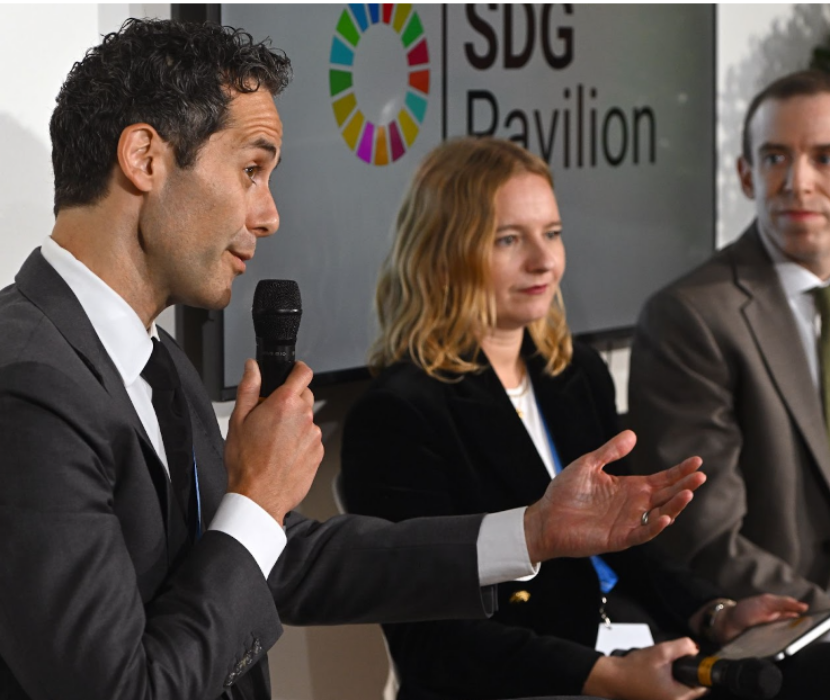
Facing increasingly high carbon taxes, the Czech Republic (also known as Czechia) is phasing out coal, its largest energy source, in exchange for increased natural gas, nuclear power, and renewable energy. Currently, Czechia plans to replace the majority of coal with natural gas generation. Yet, natural gas may not be a safe alternative: As tensions mount between Ukraine and Russia — the supplier of 99% of Czechia’s natural gas — future reliance on natural gas may pose a national security threat. Nuclear power is the technology that Czechia plans to represent 50% of its energy by 2048 (after coal’s phase out). Czechia currently has two large, Soviet-era nuclear plants, Temelin and Dukovany, and plans to expand its fleet with modern technology.
Yet the nuclear industry is fraught with its own challenges. A reporter from Respekt, an award-winning Czech online political magazine, interviewed EFI principal Joe Hezir for his insights on nuclear energy’s future. Hezir was formerly the Chief Financial Officer and Senior Advisor to the Secretary of Energy in 2013–2017 and was a consultant to the Blue Ribbon Commission on America’s Nuclear Future. He was quoted extensively in the Czech feature article, which was published on January 23, 2022.
When discussing nuclear energy, safety is often a major concern. Hezir explained that the reason we have fewer nuclear reactors today than forty or fifty years ago is financial, but many of the financial challenges originated from safety issues (e.g., Three Mile Island). Safety regulations constricted after nuclear accidents, forcing design changes in many ongoing nuclear projects. Further, electricity demands decreased and high interest rates made financing costs exorbitant, leading to project cancellations and little incentive to initiate new ones.
However, there’s a new technology on the horizon: small modular nuclear reactors. Hezir said these units are promising because they can be built more quickly, can be factory produced (they don’t have to be built onsite), and have lower financing requirements. U.S. company NuScale is in the process of building the first commercial plant in Idaho, and it is aiming to be completed by the latter part of the decade. Hezir was quoted in the Czech article as saying that development is taking longer than we want, but it is important that we don’t make mistakes. Currently, renewables are 10 years ahead because small modular reactors are not slated to become commercial until the late 2020s, whereas wind and solar are being sold commercially now already. The International Trade Association reports that the Czech government remains hesitant to deploy the advanced nuclear technology.
Nuclear and renewable energy are often portrayed as opposing energy sources in environmental debates. However, Hezir said it is important that renewable and nuclear energy are discussed as compatible options as we face climate change and catalyze the clean energy transition. Taking an all-of-the-above approach, as Hezir advocates, allows us to research and develop as many energy options as possible that emit less carbon than those utilized today. We do not yet know which technologies will be the most economically feasible or where the roadblocks in development lie. By keeping as many options open as possible, we increase the chances and rate that we find successful, realistic solutions to the climate crisis.
Although nuclear energy in Czechia accounts for almost 20% of the country’s total energy supply and 38% of its electricity generation, it’s important to consider all options to decarbonize industry. The country currently relies on emissions-heavy coal to supply nearly one-third of its total energy supply, contributing to 41% of its electricity generation. Strategically deploying more renewables and natural gas usage to replace coal-powered energy remain options for Czechia to meet its decarbonization targets. While coal usage is declining in Czechia — from 2009 to 2019, its carbon emissions from coal have decreased by 15% — the International Energy Agency recommends it phase out coal sooner rather than later.
–Angie Kaufman
(Share this post with others.)




